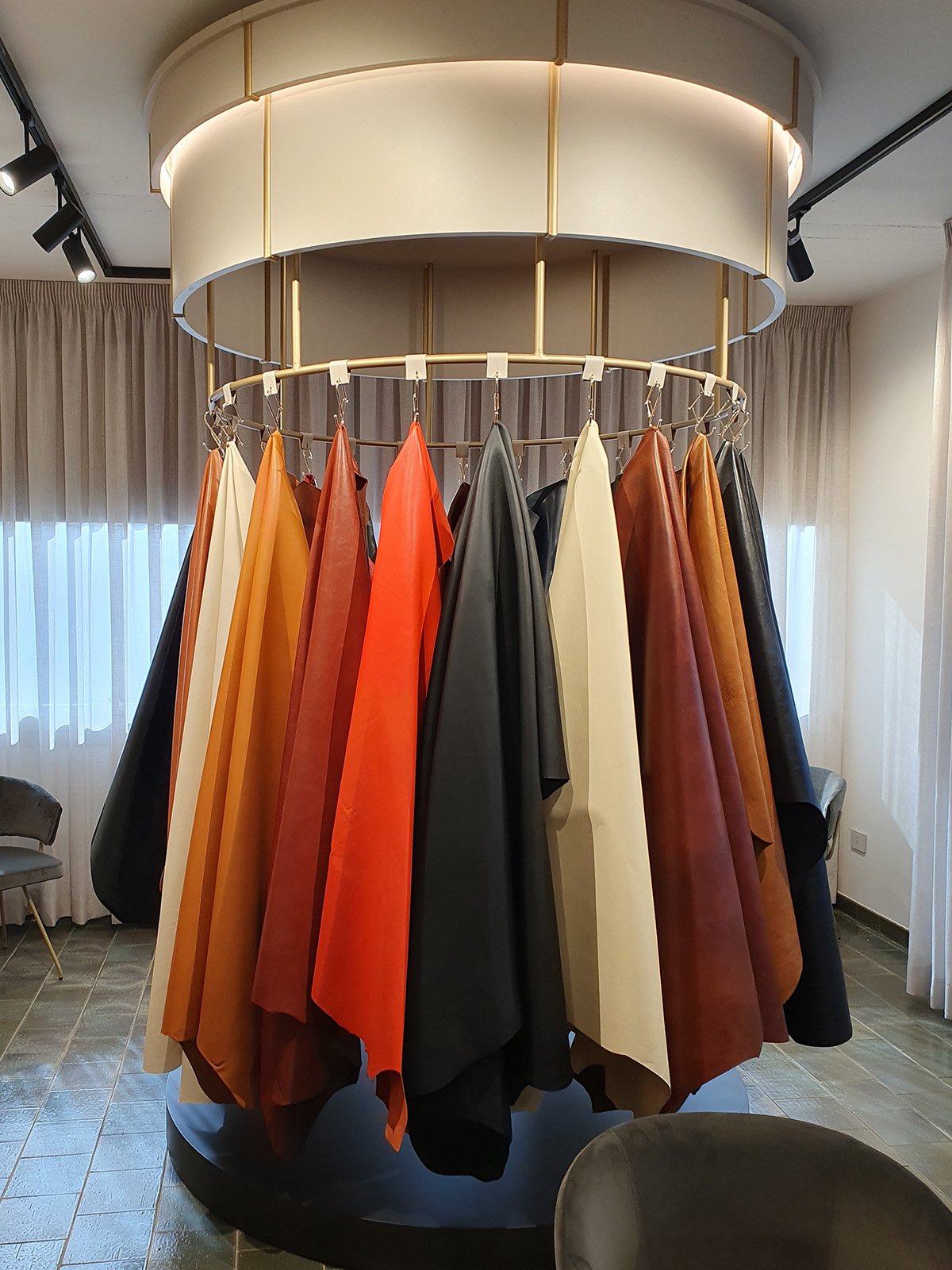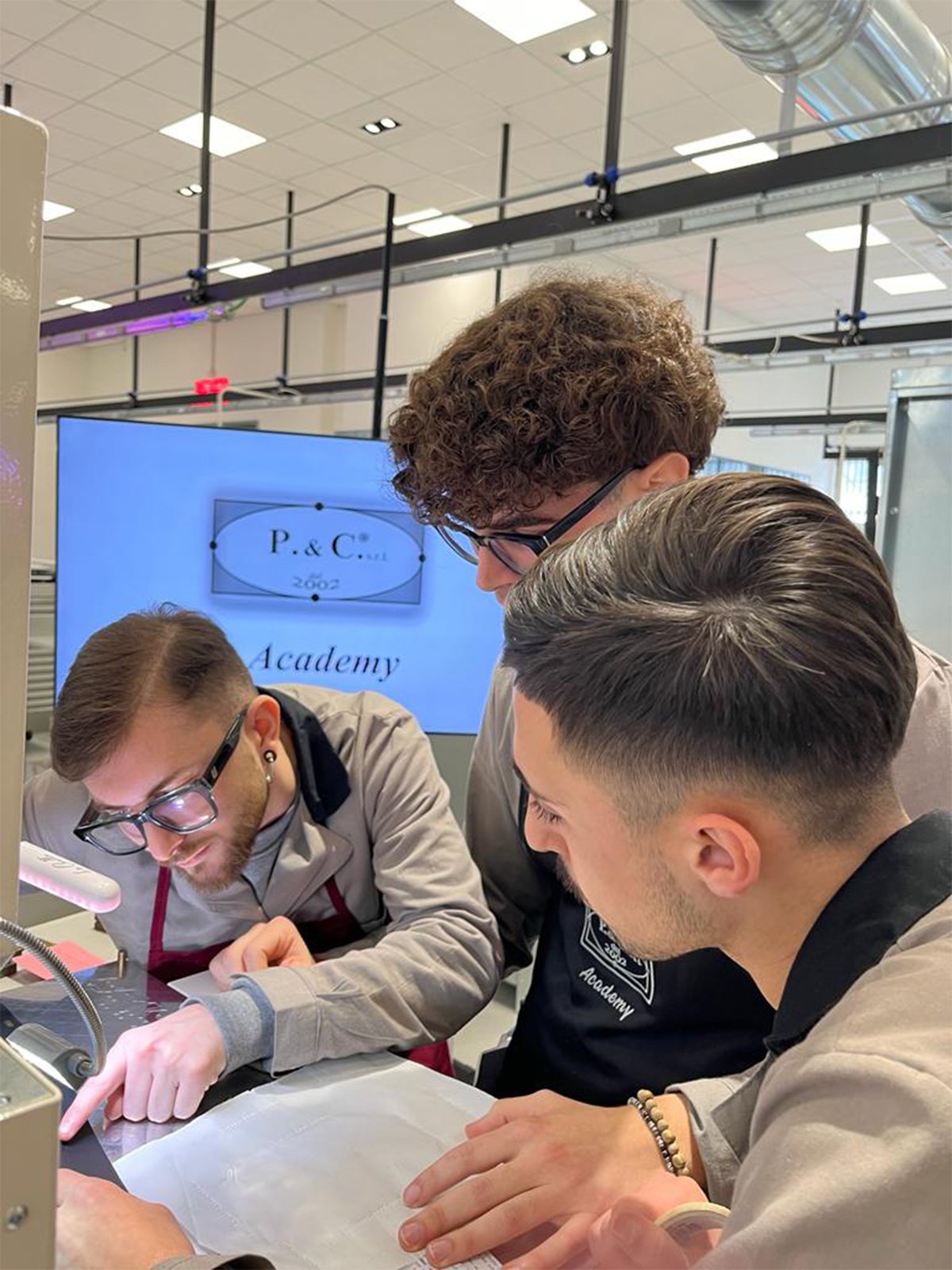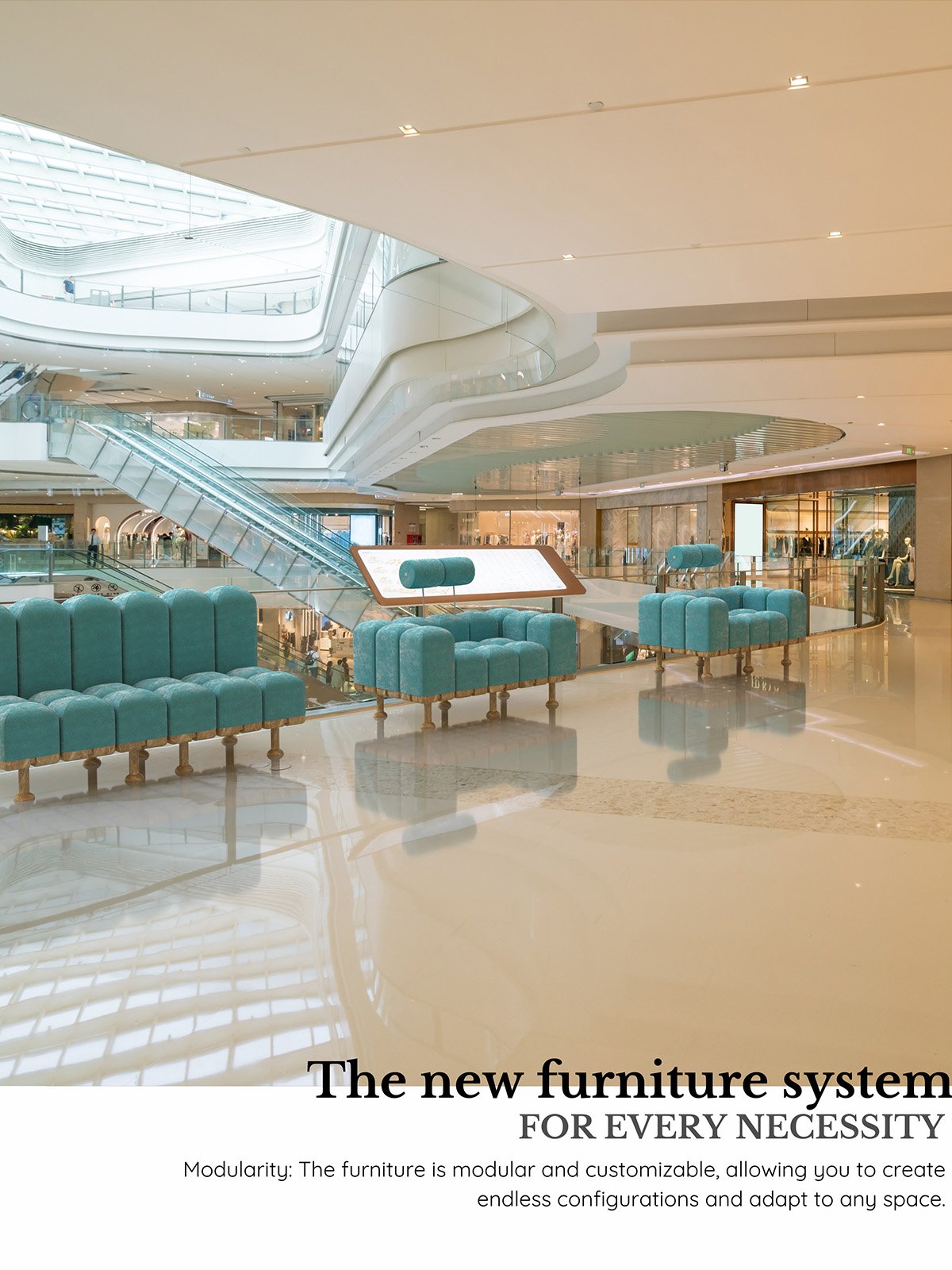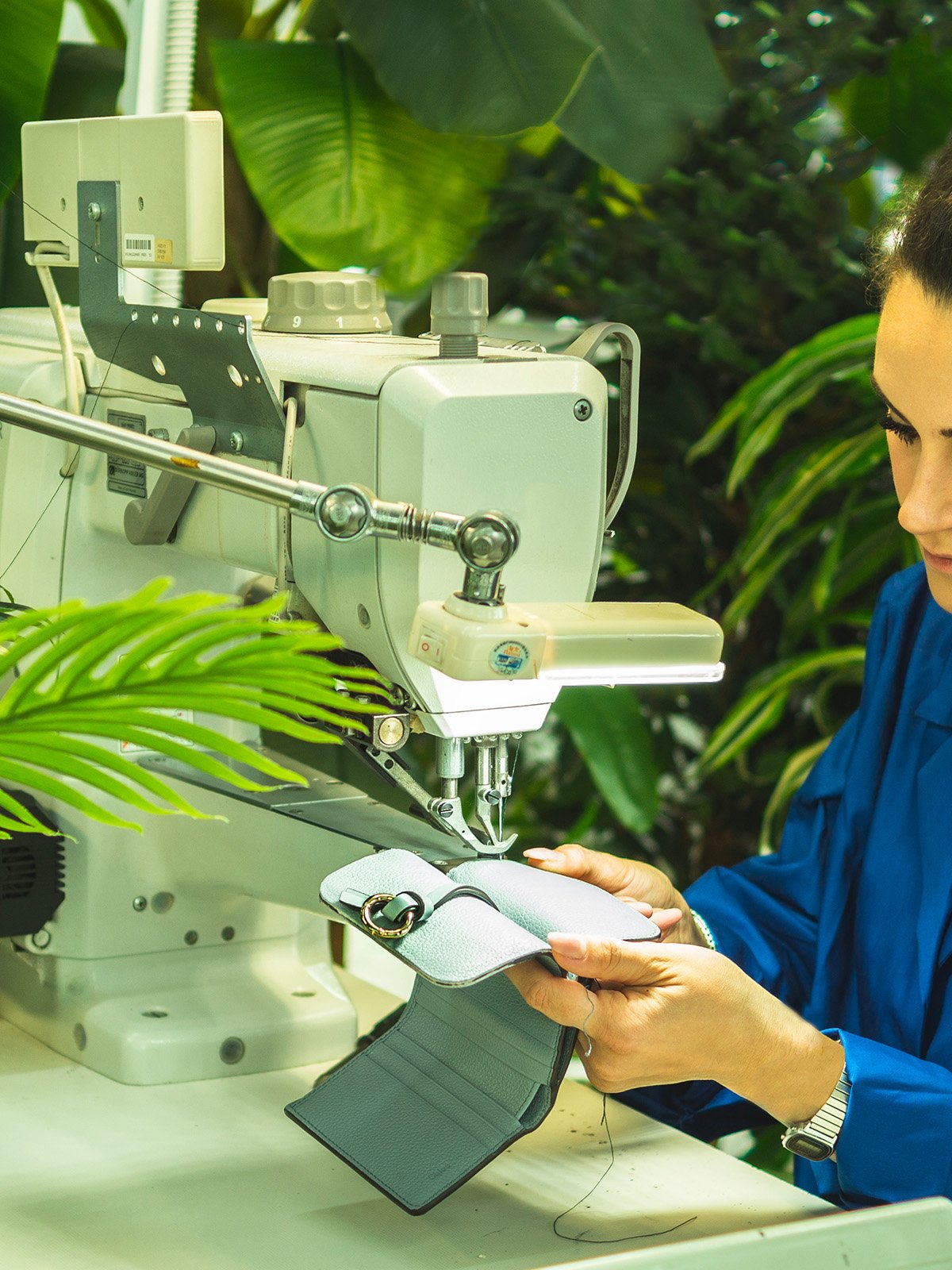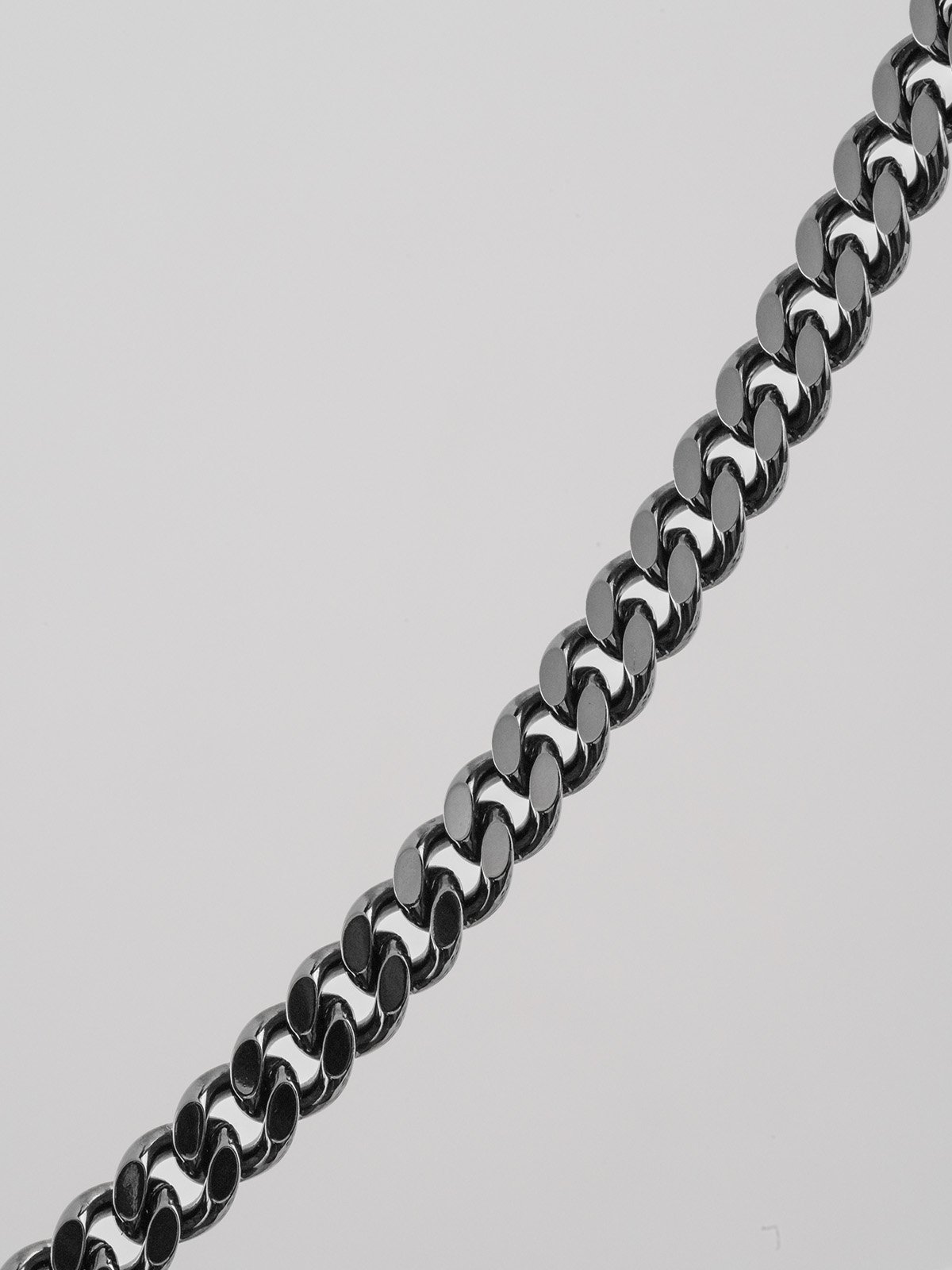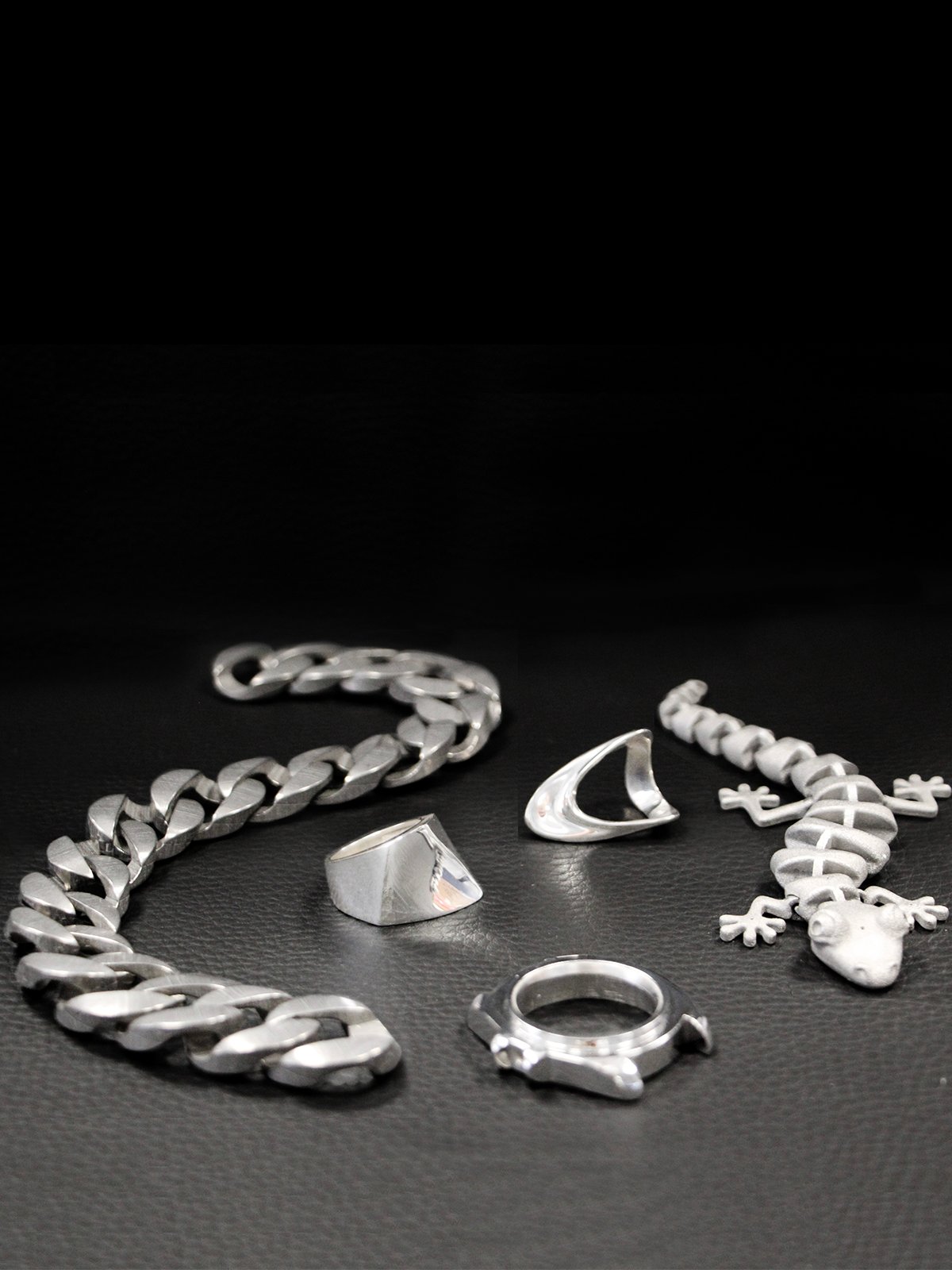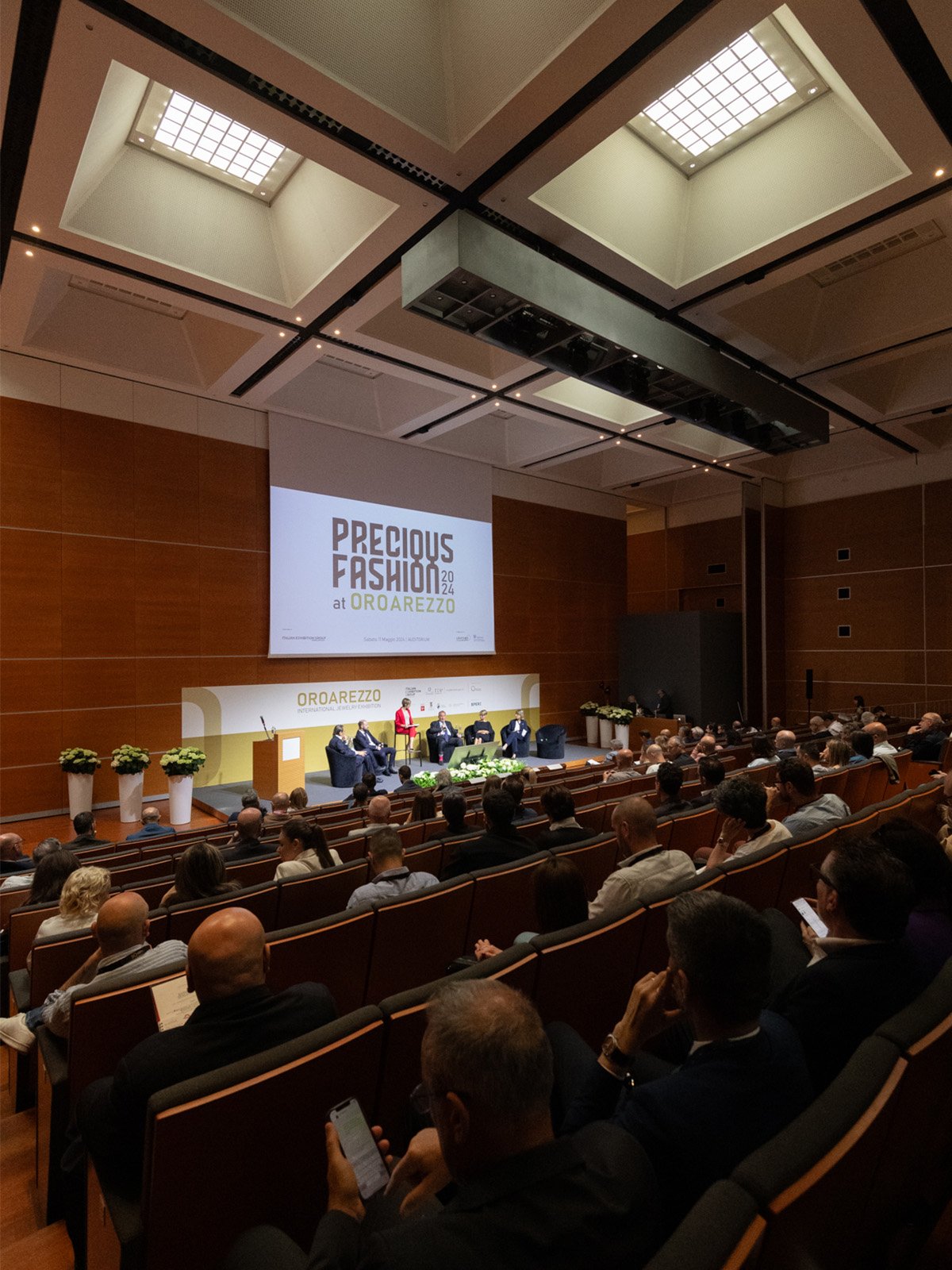News
LEATHER C.E.R. the first renewable energy community is born in the Pisa leather district

The tanning district of Santa Croce sull'Arno reacts to the difficulties of this particular historical moment by focusing on teamwork: LEATHER C.E.R., the first renewable energy community linked to the leather processing chain, is born. The goal is to reorganize the Tuscan tanning sector with a view to efficiency, through an ambitious and shared project that combines renewable energy, energy community, sustainability and LCA.
The project, which was born within the Chameleon Tannery thanks to the intuition of Maurizio Chiesa, the company's Chemical Manager and RSPP, as well as President of the newly formed renewable energy community, already involves 11 other tanneries that have installed energy production systems on their roofs and a small group of subcontractors in the role of “consumers.” In addition, very soon the project will open up to trade associations, waste and wastewater treatment plants, public agencies and citizens, who have already shown great interest in joining.
“Our goal is to create a single representation that gathers under its umbrella all active initiatives within the tanning district that go in the direction of ecological transition,” says President Maurizio Chiesa. We want to be the change, and to do that we have to join forces, optimize resources and act in a logic of cooperation, only in this way can we face the contemporary challenges that society, and in particular the tanning sector, are playing.”
What is an energy community?
It is a collection of people, businesses and entities that organize to produce and share locally clean energy produced from renewable sources-a true collaborative energy form with an ecological approach. In practice, thanks to an intelligent, interconnected system that measures and processes data from PV systems in the community in real time, members can virtually share their excess energy, thereby lowering waste, costs and carbon footprint.
LEATHER C.E.R in numbers
The project to date involves 12 tanneries that have installed photovoltaic systems totaling 3.5 MW on their roofs. Thirty percent of the energy produced by these plants will be available to the grid for virtual exchange. In addition to the bonus received for feeding energy produced from renewable sources into the grid (RID on-site exchange), there is a second incentive (TIP), quantifiable at about 10 cents per KWh, which will be divided equally between producers and consumers. This means that community members who do not own a PV system will also benefit from part of the energy generated.
What are the benefits of being part of an energy community?
Achieving energy efficiency
In addition to the installation of the PV systems, the district's tanneries have equipped themselves with certified measurement devices to continuously monitor thermal, electrical and water consumption related to their production lines. This data is collected in a management software with Machine Learning capabilities that will guide companies toward reorganizing and optimizing production processes to achieve ever greater energy efficiency.
“Each company will be incentivized to improve its performance more and more in order to compete with the others,” Chiesa continues, “triggering a virtuous process that will lead to ever greater savings, reduced waste and reduced environmental impact.”
Circularity of the tanning supply chain and ecological transition
October will also see the launch of the official community platform that will enable the determination of both the LCA, or the environmental footprint of tanning production throughout its life cycle, and the carbon footprint of greenhouse gas emissions. The platform, thanks to special systems, will be connected with the large tanneries, tanners' associations and subcontractors' associations and will analyze both energy and waste, air emissions, effluents and chemicals aspects, becoming the collector of all data related to the sustainability of the entire Pisan tanning district.
Community welfare initiatives in the district
Fifty percent of the premium generated by the virtual exchanges will be compulsorily allocated to initiatives with social impacts in the district. With the current scale of photovoltaic installations, which stands at about 3.5 MW, it is estimated that more than 100,000 euros per year are already being generated that can be used for school renovations, the purchase of ambulances or the organization of professionalized training courses for the tanning sector to encourage youth employment.
“It is easy to imagine what the scope of the project could be: the better we are at engaging local companies to invest in renewable energy, the more the percentage to be allocated to social interventions that will improve the community and the quality of life of the people in it will also grow exponentially.”




